
Sometimes, the most ordinary routines hide the biggest surprises. Everyday American life is full of moments that outsiders find downright baffling. Those small details reveal how cultures form, clash, and adapt. Here are 20 norms that make foreigners wonder, “Wait…you guys actually do that?”
Tipping Culture

A dinner bill isn’t complete without the mental math. In the U.S., tipping is a customary practice ranging from 15% to 25% of the total bill. Unlike many countries where tipping is built into wages or service charges, American workers depend on tips for a livable income.
Free Refills
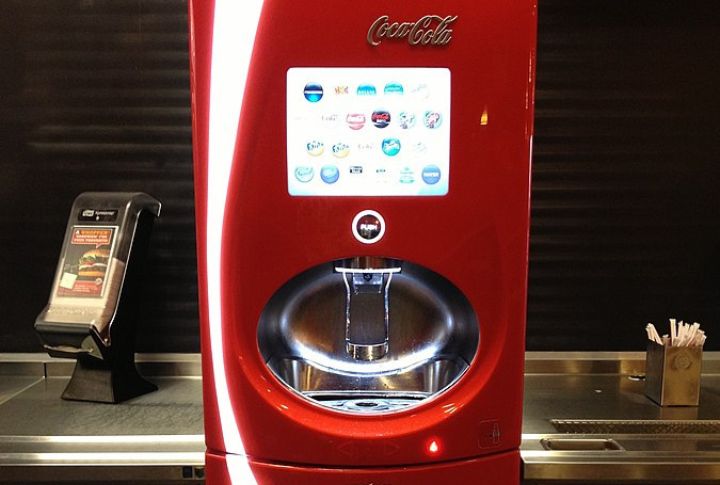
Imagine sipping your Coke in Paris and asking for a refill. You might get a puzzled look or a new charge. In America, refills flow freely, especially at fast-food restaurants and casual dining spots. The concept of unlimited beverages ties into the country’s emphasis on hospitality and value.
Excessive Air Conditioning

You don’t forget the arctic blast that hit a U.S. grocery store in July. Many countries use air conditioning sparingly, viewing it as wasteful or environmentally damaging. In contrast, American buildings often maintain indoor temperatures in the low 70s Fahrenheit, even during heat waves.
Sales Tax Surprises
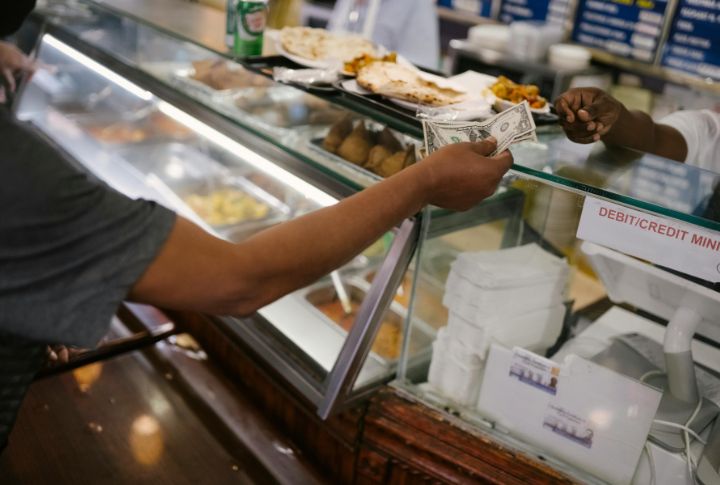
“Why isn’t the total the same as the price tag?” That question haunts many first-time U.S. shoppers. Most countries include taxes in the listed price to make final costs predictable. However, in the United States, the price excludes sales tax, which varies by state and sometimes even by county or city.
To-Go Boxes

In the States, leftovers get the royal treatment. Restaurants practically expect you to ask for a box, and many will even offer them unprompted. This practice feels odd in cultures where finishing your plate is a sign of respect or wheredining out is less frequent.
Giant Portion Sizes

You didn’t order a platter, yet one arrives. From pancakes to pasta, American portions often leave foreigners stunned. According to the CDC, portion sizes in the U.S. have more than doubled since the 1970s. This is especially evident in restaurants, where a single meal often exceeds the recommended daily caloric intake.
Solo Cups At Parties
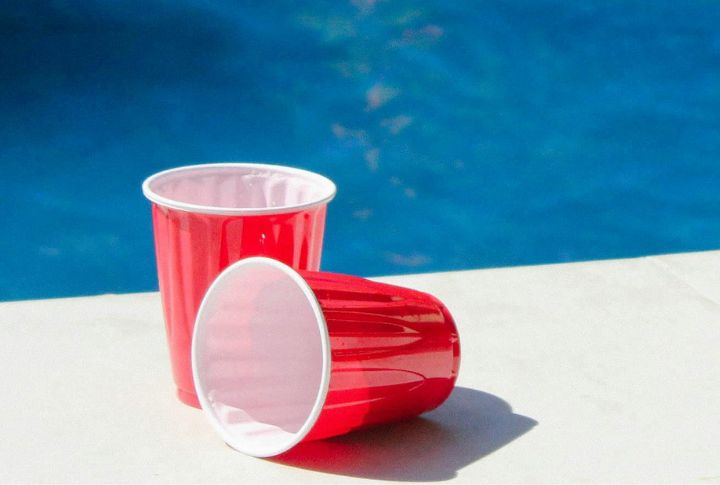
Red plastic cups carry a strange cultural weight. Thanks to college culture and Hollywood films like “American Pie” and “Superbad,” Solo cups have become synonymous with casual American parties. They’re cheap and easy to spot from a distance. The cup even gained enough pop culture recognition to inspire a country song.
Prescription Drug Ads

“Ask your doctor if this is right for you.” Sound familiar? Americans see pharmaceutical ads everywhere: on TV, online, and in magazines. The U.S. and New Zealand are the only two countries allowing direct-to-consumer drug advertising. These ads often include emotional storytelling followed by rapid-fire lists of side effects.
High School Sports Craze
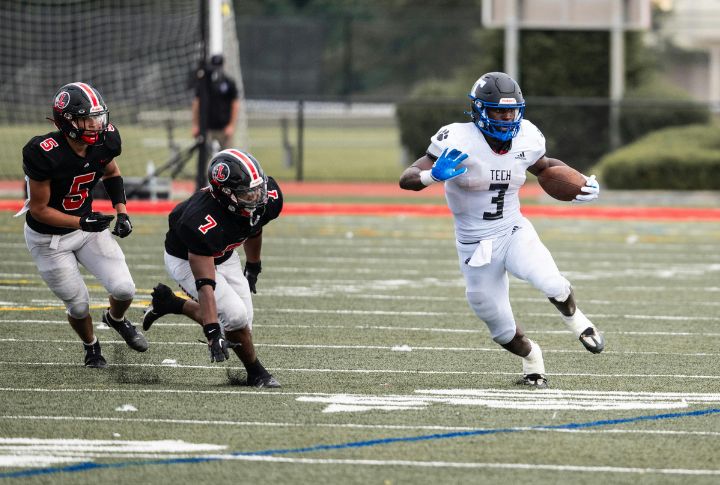
In some towns, Friday night lights shine brighter than anything else. High school sports can be significant community events in the U.S., with students treated like local celebrities. Facilities rival those of small colleges, and games are broadcast on local channels. This contrasts with many countries where sports are extracurricular.
Paying For Ambulances

A ride that saves your life shouldn’t bankrupt you. Yet, in America, it might. Ambulance services are not always fully covered by insurance and can cost anywhere from $400 to over $2,000, depending on distance and state. Some patients even receive bills after being unconscious or unable to consent to the service.
College Dorm Living
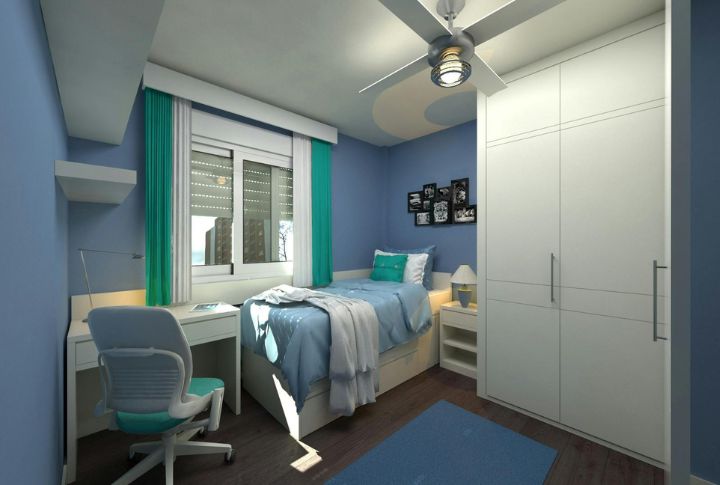
American students pack up at 18 and move into campus housing like it’s a rite of passage. Dorms come equipped with meal plans and resident advisors. In many other countries, students commute from home or rent apartments independently. The U.S. model emphasizes independence and institutional control.
Drive-Thru Everything
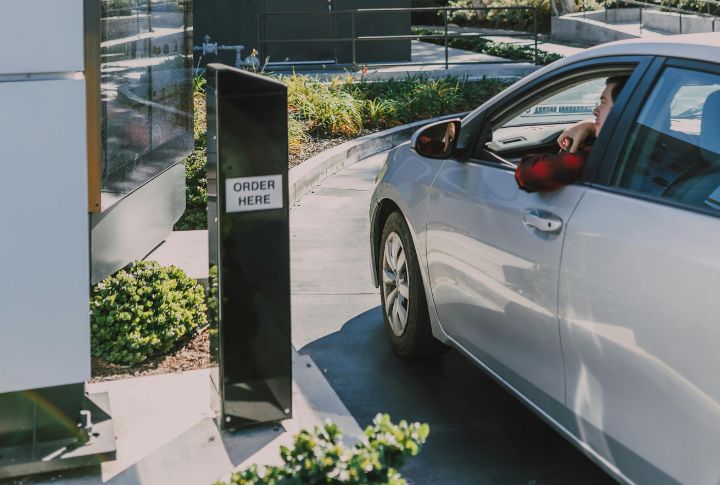
The drive-thru culture began with fast food in the 1950s but expanded to nearly every industry. This phenomenon reflects America’s love for speed and car-centric infrastructure. While efficient, it often baffles visitors from countries where walking and public transit are part of daily life.
Cheerleading As A Sport
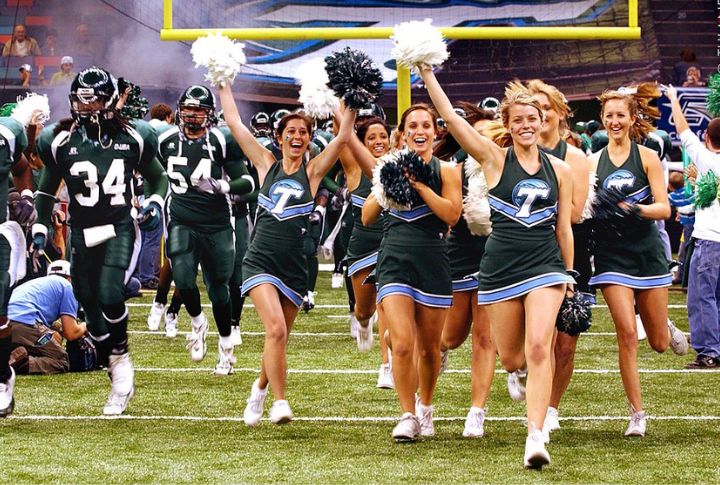
Rah-rah routines aren’t just sideline fluff. In the U.S., cheerleading is a competitive pursuit that involves intense training and national championships. Recognized by many as a legitimate sport, it combines dance and strength conditioning elements. The National Cheerleaders Association holds events that attract tens of thousands of participants.
Obsession With Flags
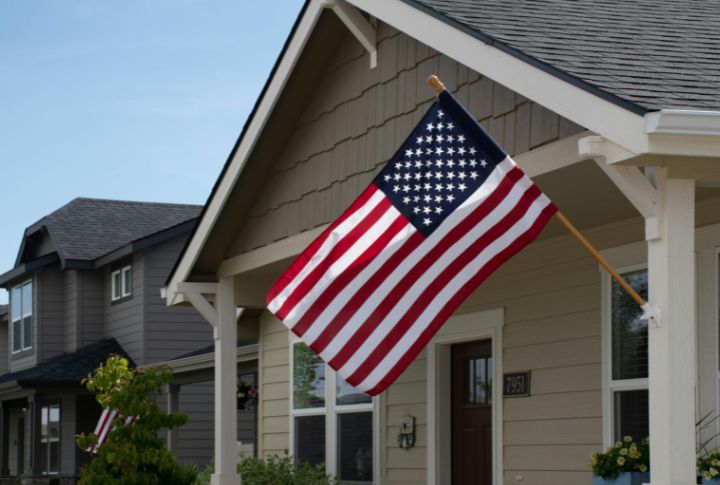
Flags on porches, flags on T-shirts, flags in front yards; the American flag is a lifestyle accessory. Displays are especially prominent during national holidays, but many households fly them year-round. This level of visible patriotism is unusual elsewhere, where flag-waving is reserved for formal occasions or political statements.
Dryers Instead Of Lines
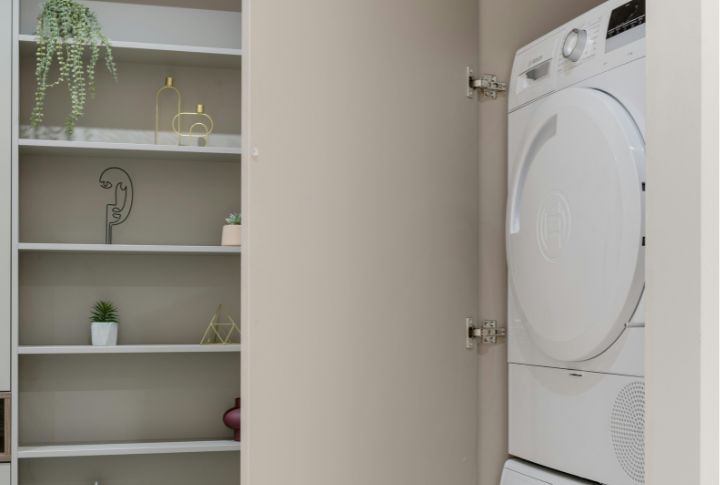
Sunlight is free, but Americans still love their clothes dryers. Despite high energy use, nearly 80% of U.S. households own one. This contrasts with much of Europe and Asia, where hanging laundry outdoors is standard. Suburban zoning laws or neighborhood associations sometimes even ban clotheslines for aesthetic reasons.
Lack Of Public Transport
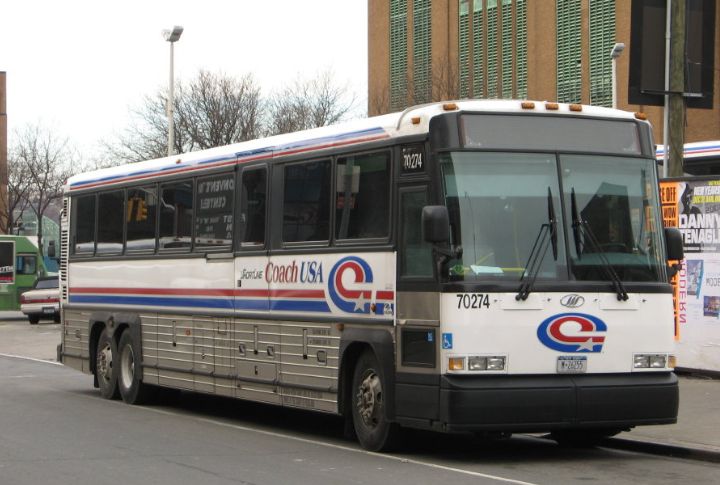
You better have a car here. Public transit in many U.S. cities is unreliable or nonexistent. Outside of major hubs like New York or Washington, D.C., buses and trains often suffer from long wait times and aging infrastructure. Thissharply contrasts with countries like Japan or Germany, where transit systems are efficient and widely used.
Smiling At Strangers

Flash a smile in New York, and someone might return it. Try it in Berlin, and you might get a suspicious glare. Americans are known for their friendliness, often smiling or making small talk with strangers in elevators and sidewalks. In other cultures, such behaviors can be seen as intrusive or disingenuous.
Toilet Stalls With Gaps
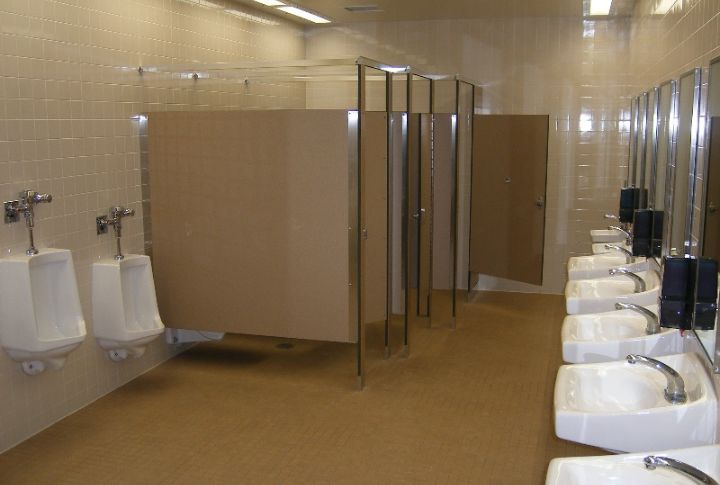
Have you ever noticed the awkward gaps in U.S. bathroom stalls? So does everyone else. These gaps result from design choices aimed at deterring vandalism and allowing quick checks for occupancy. However, they sacrifice privacy in ways that shock foreigners accustomed to fully enclosed stalls.
Drinking Age At 21
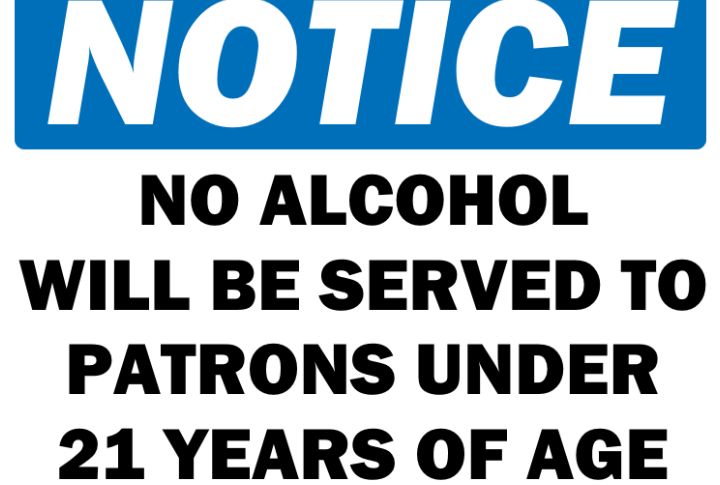
You can vote, enlist, and drive before you can legally drink in the U.S. The federal drinking age was set to 21 in 1984 through the National Minimum Drinking Age Act, and noncompliance results in reduced highway funding. Most countries set the age at 18 or younger.
Calling It “Restroom”
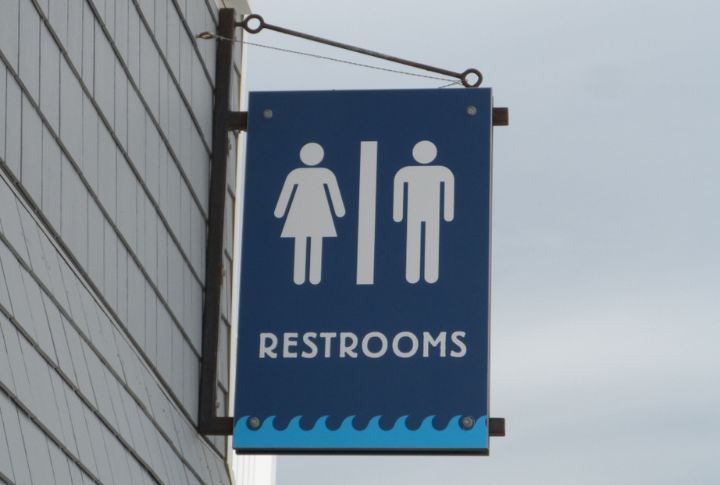
You won’t find much resting going on. The term “restroom” is uniquely American and part of a broader tradition of euphemistic language. While “bathroom” and “ladies’ room” are also common, “restroom” is often preferred in public and formal spaces. Other English-speaking countries stick to more direct terms like “toilet” or “loo.”
